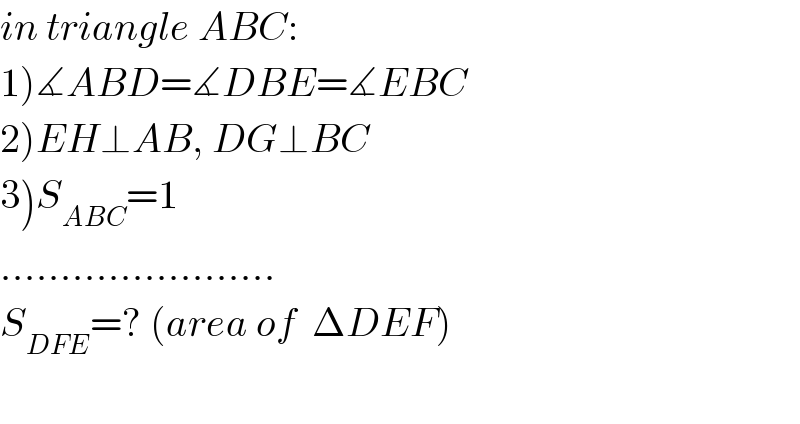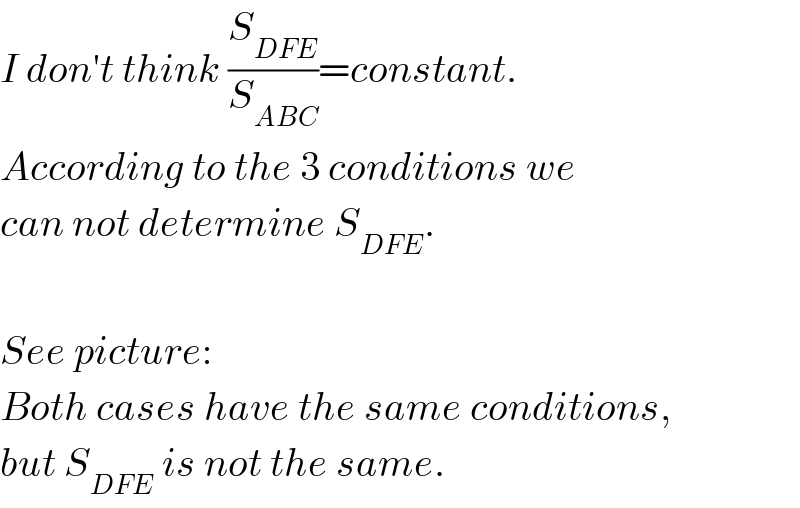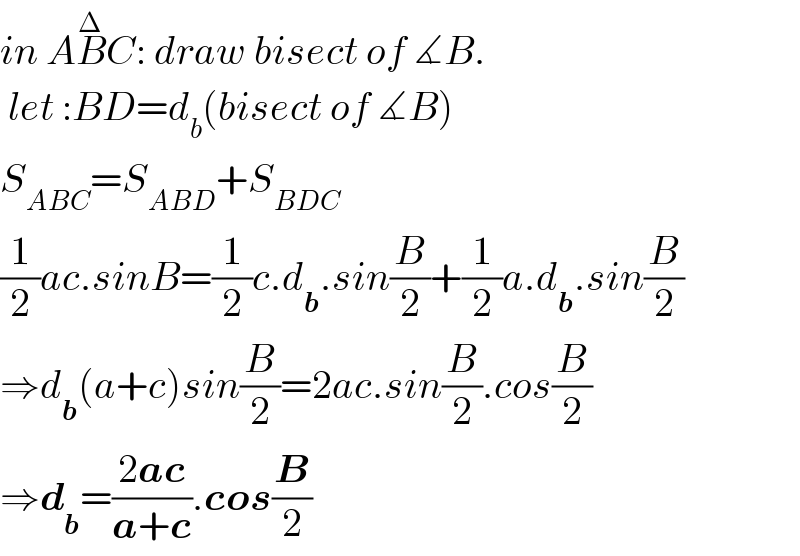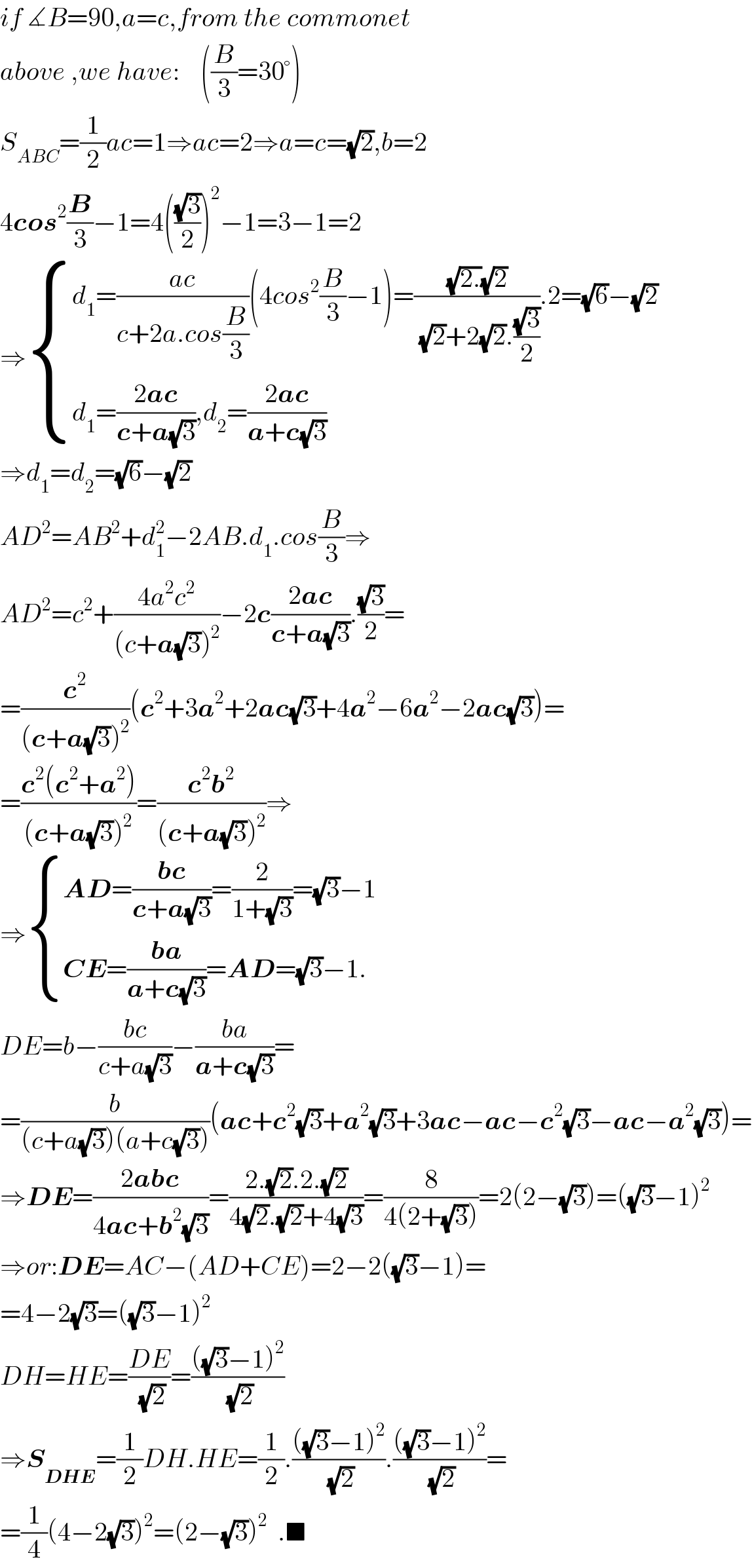
Question and Answers Forum
Question Number 13548 by b.e.h.i.8.3.4.1.7@gmail.com last updated on 20/May/17

Commented by b.e.h.i.8.3.4.1.7@gmail.com last updated on 22/May/17

Commented by b.e.h.i.8.3.4.1.7@gmail.com last updated on 20/May/17

Commented by b.e.h.i.8.3.4.1.7@gmail.com last updated on 20/May/17

Commented by mrW1 last updated on 21/May/17

Commented by mrW1 last updated on 21/May/17

Commented by mrW1 last updated on 21/May/17

Commented by b.e.h.i.8.3.4.1.7@gmail.com last updated on 21/May/17

Commented by b.e.h.i.8.3.4.1.7@gmail.com last updated on 21/May/17

Commented by b.e.h.i.8.3.4.1.7@gmail.com last updated on 21/May/17

Commented by b.e.h.i.8.3.4.1.7@gmail.com last updated on 22/May/17

Commented by b.e.h.i.8.3.4.1.7@gmail.com last updated on 22/May/17

Answered by b.e.h.i.8.3.4.1.7@gmail.com last updated on 25/May/17

